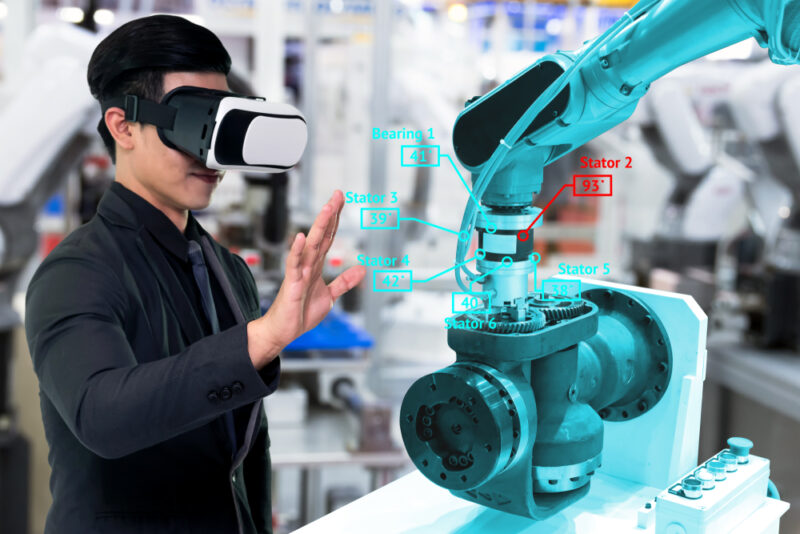Imagine a classroom where walls do not confine the boundaries of learning but instead extend into the cosmos, the human body, or even a microscopic world – this is the transformative power of virtual reality in STEM education! Through this powerful technology, students are not only being prepared for future careers but also transforming the way that they learn.
Virtual reality (VR) is an immersive technology that transports users into a three-dimensional, interactive environment. This digital realm can be a recreation of the natural world, a completely fantastical universe, or an abstract space, all experienced from the comfort of a VR headset. These advancements create opportunities for learners to grasp complex concepts, explore new environments, and gain practical skills. In VR, students can perform experiments, visualize abstract theories, and engage in experiential learning without the constraints of physical resources or safety risks. This immersive approach enhances comprehension and retention in STEM subjects, boosting students’ confidence and fostering a more profound interest in these fields.
Providing students with a realistic preview of future professions with VR is particularly valuable in STEM training. For example, engineering students can use VR to explore different machines, understand their workings, and troubleshoot problems virtually. For medical professionals interested in practicing surgery, a similar opportunity exists for procedures and patient care in a risk-free environment. The hands-on experience, enabled by VR, gives students the knowledge and skills they will need to succeed in their chosen professions. 1
Another aspect of VR’s role in STEM education is its potential to expand learning opportunities and equity in education. The technology can simulate costly lab equipment or field trips to far-off locations, making these experiences accessible to schools with budget constraints or students in remote areas. This democratization of resources can play a crucial role in providing quality STEM education to all students, regardless of their socioeconomic background. 2
We can match VR’s immersive capabilities with the evolving needs of 21st-century jobs by integrating VR into STEM education. Most of these jobs demand digital literacy, familiarity with advanced technology, and the ability to solve complex problems. In exposing students to VR technology, educators prepare them for future careers. As students become more familiar with this advanced technology, they develop confidence in utilizing cutting-edge tools and techniques, positioning them for seamless adaptation to future innovations.3
It is not without its challenges, however, that VR has been adopted in STEM education. Costs, technical issues, and a lack of VR-ready curricula are hurdles educators and institutions must overcome. Under-resourced schools may also need help to provide students with this technology. This is why stakeholders, including educators, policymakers, and technology providers, collaborate and work toward making VR an accessible part of STEM education.
With VR, students can experience immersive learning while developing practical skills. It has emerged as a powerful tool for STEM education. The potential benefits for students and educators make it an avenue worth exploring despite its challenges. By embracing the transformative power of VR and embarking on a journey of discovery, we can start unlocking new horizons in education.
1
2
3





